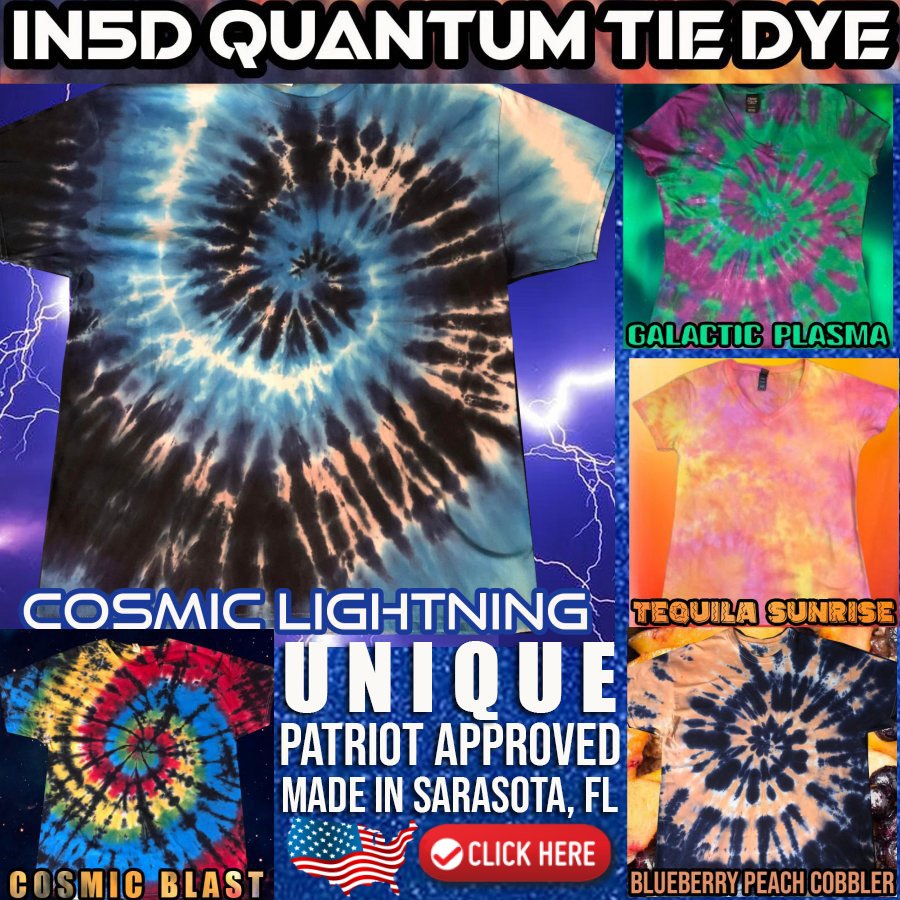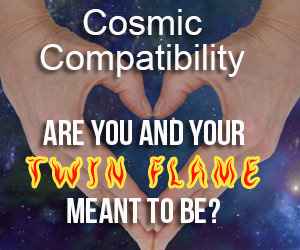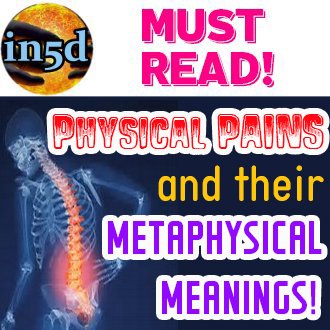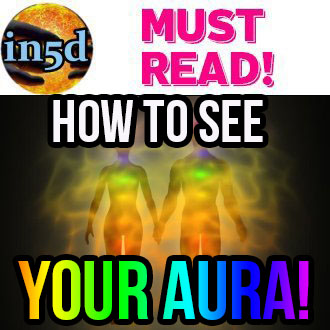Our Reality Is A Hologram Controlled By An Evil Genius, Scientist Says
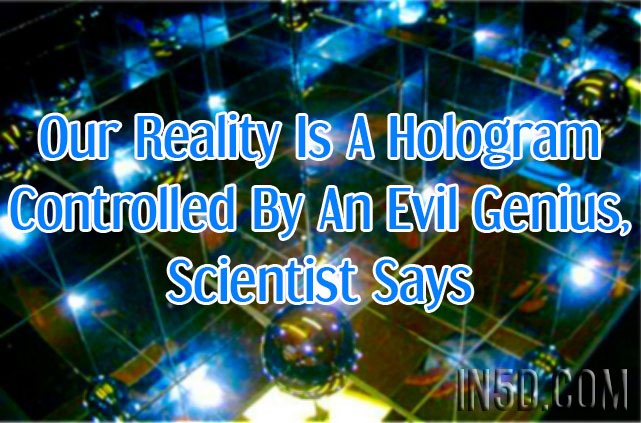
via MessageToEagle
It is not the first time scientists suggest our world is part of a holographic projection. The holographic universe theory states our reality is nothing but an illusion.
Donate to In5D
With over 6,000+ free articles and 1,200+ free videos, any donation would be greatly appreciated!
Much love for your kind donation,
Gregg
In our daily life we are not aware that we may, in fact, live in a hologram and our existence is a holographic projection, nothing more.
All what we believe is real, our whole physical world, is an illusion being proved by the holographic universe, one of the most remarkable theories of 20th century. But who created this holographic projection we are part of and for what reason?
One scientist suggests humans are a scientific experiment that is part of a hologram created and controlled by an evil genius.
Laura D’Olimpio, Senior Lecturer in Philosophy, University of Notre Dame Australia has put forward an intriguing theory suggesting that our brains are being kept alive in vat of nutrients in a laboratory. The nerve endings of our brain are connected to a supercomputer that feeds all the sensations of everyday life. All our emotions, decisions, impulses and reactions are being monitored by someone who created this experiment.
In an article for the Conversation, Laura D’Olimpio writes: “Consider this: right now, you are not where you think you are. In fact, you happen to be the subject of a science experiment being conducted by an evil genius.
Your brain has been expertly removed from your body and is being kept alive in a vat of nutrients that sits on a laboratory bench.
The nerve endings of your brain are connected to a supercomputer that feeds you all the sensations of everyday life. This is why you think you’re living a completely normal life.
Do you still exist? Are you still even “you”? And is the world as you know it a figment of your imagination or an illusion constructed by this evil scientist?
Sounds like a nightmare scenario. But can you say with absolute certainty that it’s not true?
Could you prove to someone that you aren’t actually a brain in a vat?”
The philosopher Hilary Putnam proposed this famous version of the brain-in-a-vat thought experiment in his 1981 book, Reason, Truth and History, but it is essentially an updated version of the French philosopher René Descartes’ notion of the Evil Genius from his 1641 Meditations on First Philosophy.
While such thought experiments might seem glib – and perhaps a little unsettling – they serve a useful purpose. They are used by philosophers to investigate what beliefs we can hold to be true and, as a result, what kind of knowledge we can have about ourselves and the world around us.
Descartes thought the best way to do this was to start by doubting everything, and building our knowledge from there. Using this skeptical approach, he claimed that only a core of absolute certainty will serve as a reliable foundation for knowledge. He said:
If you would be a real seeker after truth, it is necessary that at least once in your life you doubt, as far as possible, all things.
Descartes believed everyone could engage in this kind of philosophical thinking. In one of his works, he describes a scene where he is sitting in front of a log fire in his wooden cabin, smoking his pipe.
He asks if he can trust that the pipe is in his hands or his slippers are on his feet. He notes that his senses have deceived him in the past, and anything that has been deceptive once previously cannot be relied upon. Therefore he cannot be sure that his senses are reliable.
It is from Descartes that we get classical skeptical queries favored by philosophers such as: how can we be sure that we are awake right now and not asleep, dreaming?
To take this challenge to our assumed knowledge further, Descartes imagines there exists an omnipotent, malicious demon that deceives us, leading us to believe we are living our lives when, in fact, reality could be very different to how it appears to us.
I shall suppose that some malicious demon of the utmost power and cunning has employed all his energies in order to deceive me.
The brain-in-a-vat thought experiment and the challenge of skepticism has also been employed in popular culture. Notable contemporary examples include the 1999 film The Matrix and Christopher Nolan’s 2010 film Inception.
Author Talbot writes that “. . . there is evidence to suggest that our world and everything in it. . . are also only ghostly images, projections from a level of reality so beyond our own it is literally beyond both space and time.” Hence, the title of his book. Beginning with the work of physicist David Bohm and neurophysiologist Karl Pribram, both of whom independently arrived at holographic theories or models of the universe, Talbot explains in clear terms the theory and physics of holography and its application, both in science and in explanation of the paranormal and psychic. His theory of reality accommodates this latest thinking in physics as well as many unresolved mind-body questions. This well-written and fascinating study is recommended for science collections. Read More…
By watching a screened version of a thought experiment, the viewer may imaginatively enter into a fictional world and safely explore philosophical ideas.
For example, while watching The Matrix, we identify with the protagonist, Neo (Keanu Reeves), who discovers the “ordinary” world is a computer-simulated reality and his atrophied body is actually suspended in a vat of life-sustaining liquid.
Even if we cannot be absolutely certain that the external world is how it appears to our senses, Descartes commences his second meditation with a small glimmer of hope.
At least we can be sure that we ourselves exist, because every time we doubt that, there must exist an “I” that is doing the doubting. This consolation results in the famous expression cogito ergo sum, or “I think therefore I am”.
So, yes, you may well be a brain in a vat and your experience of the world may be a computer simulation programmed by an evil genius. But, rest assured, at least you’re thinking!
Laura D’Olimpio is not the only scientist who has proposed we might be living in a Matrix.
MessageToEagle has previously reported on how Rich Terrile, director of the Centre for Evolutionary Computation and Automated Design at NASA’s Jet Propulsion Laboratory suggested our creator is a cosmic computer programmer.
Nick Bostrom, Professor at the Faculty of Philosophy at Oxford University and founding Director of the Future of Humanity Institute and of the Programme on the Impacts of Future Technology within the Oxford Martin School presented his so-called simulation argument some years ago, and the theory is still widely debated among many scientists.
According to a recently theory proposed by Robert Lanza, author of “Biocentrism: How Life and Consciousness are the Keys to Understanding the True Nature of the Universe“, death might not even be real!
We might think that we are an advanced species, but we possess limited knowledge of the world around us.
We are moved by moved by neurophysiological signals and subject to a variety of biological, psychological and sociological influences over which we have limited control and little understanding.
The questions remain: Can you with reject the idea you might be living in a computer simulation? How can we prove our reality is real?
In5D PATREON: https://www.patreon.com/in5d See our In5D articles the day before they’re released, AD FREE, on Patreon for a minimal donation!
Follow In5D on Patreon, Telegram, Twitter, Bitchute, TikTok, Instagram, Facebook, YouTube, Gab, and Truth Social @greggprescott










